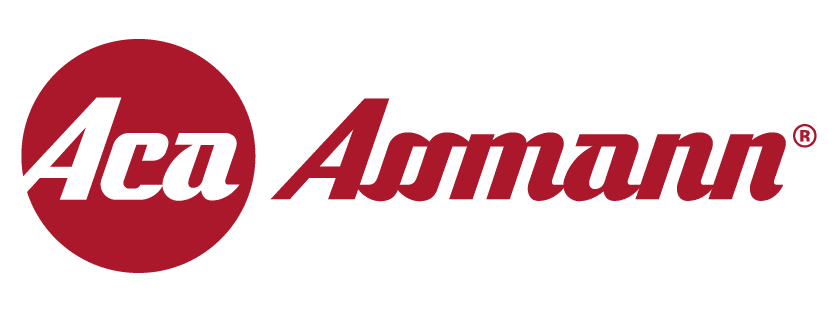Knowledge Base
Access Assmann’s expertise on chemicals, environmental factors, and more.
The Knowledge Base is the central location of all the important information on Assmann products and accessories like chemical data and product colors. For more technical information like product measurements, please see the Technical Documents page.
Knowledge Base Sections
How to Navigate the Assmann Knowledge Base
It’s our job to make your job easier. That’s why we created the Assmann Knowledge Base.
If you’re shopping for a polyethylene chemical storage tank and need more details on how Assmann tanks perform, the Knowledge Base is your one-stop-shop. Watch this video to see how to navigate the Knowledge Base.
Chemical Storage Recommendations
Sodium Hypochlorite Storage
View the guidelines to safely store sodium hypochlorite.
Sodium Hydroxide Storage
View the guidelines to safely store sodium hydroxide.
Sulfuric Acid Storage
View the guidelines to safely store sulfuric acid.
Hydrochloric Acid Storage
View the guidelines to safely store hydrochloric acid.
Peracetic Acid Storage
View the guidelines to safely store peracetic acid.
Hydrofluoric Acid Storage
View the guidelines to safely store hydrofluoric acid.
Hydrofluosilicic Acid Storage
View the guidelines to safely store hydrofluosilicic acid.
Ferrous Chloride Storage
View the guidelines to safely store ferrous chloride.
Alums + Polymers Storage
View the guidelines to safely store alums and polymers.
Hydrogen Peroxide Storage
View the guidelines to safely store hydrogen peroxide.
Diesel Exhaust Fluid (DEF) Storage
View the guidelines to safely store diesel exhaust fluid (DEF).
Liquid Ammonium Sulfate Storage
View the guidelines to safely store liquid ammonium sulfate.
Leachate + Condensate Storage
View the guidelines to safely store leachate + condensate.
Additional Storage Information
Chemical Resistance Tables
View the ratings of chemical behavior using our resistance tables.
Tank Exothermic Reactions
In the event of an exothermic reaction, look here for general guidelines on how to proceed.
Product Usage Recommendations
Installation Instructions
Our superior polyethylene tanks are not immune to damage. Precautions must be taken while off loading, handling, installing, and utilizing to protect your investment.
Fill Line Recommendation
Fill lines are designed piping systems for introducing fluids into your storage tank. Read the linked article for a general guideline for filling polyethylene tanks.
Shipping and Packaging
Often people are not prepared for handling their newly purchased polyethylene storage tank. This information helps the purchaser know what to expect when their tank arrives.
Lifting Instructions
Venting Recommendations
Torque Recommendations
This document provides an outline of general guidelines for torque specifications for different fitting types used on polyethylene tanks.
Product Features
Product Colors
Assmann products come in a wide variety of product colors.
Tank Wall Thickness
Assmann products have a uniform wall due to our molding process. When thinking about your tank walls, knowing the benefits of a uniform wall vs. tapered wall thickness is important when assessing your needs.
Life Expectancy of Tanks
The average life expectancy of a polyethylene tank is close to twenty years. Read these guidelines to learn how to extend the life span of your tank.
Crosslink vs. Linear Polyethylene
Crosslink polyethylene accounts for the majority of our total resin usage. Learn why here.
ASTM Standards & Testing
The current ASTM standards require various types of testing on polyethylene tanks. Read about how we exceed those standards here.
Assmann Nozzles vs. Competition
Assmann Corporations nozzles are different from our competitions in numerous ways. The following shows some of the differences that Assmann tanks have versus our competition.
Environmental Effects
UV Effects on Tanks
Learn about how we ensure that your outdoor tank is UV-resistant.
Tank Expansion & Contraction
Polyethylene tanks expand and contract with temperature changes and when they are filled and emptied. Managing this process effectively can extend the life of your tank.
Assmann Brochure
Assmann Brochure
Learn more about Assmann by downloading our brochure.
FAQ
Have a specific question? We’re confident we have the answer. Check to see if we’ve already covered it here.
Glossary
There are a variety of terms specific to the polyethylene tank industry. Find the definitions you need here.
Do you need an expert consultation?
Let’s get your project started. We are here to help.
